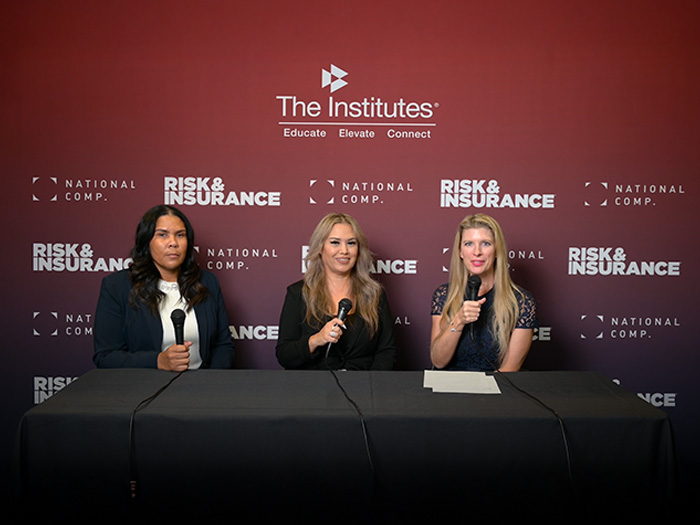Column: Roger's Soapbox
The 10 Percent
A watershed moment occurred in my life last week. In itself, it mattered little, but it was the moment at which technology began to deny me a future.
I wanted to buy, online, a dish rack — a metal frame for drying dishes. The local branch of my favorite store didn’t have one on hand, but I could have one delivered to the store by clicking a few buttons. Many screens later, I was instructed (in English English; I’ve translated) to “Enter cell phone number so we may text you the secret code required to collect your item.”
Not having what the British call a mobile phone, I could not order the product. It was the first time that my refusal to mobilize had rendered me impotent. (Not, strictly speaking, the first time: I would previously have been unable to park my car in parts of London without a mobile, had I owned a car.)
The dish rack incident, however, was the start of what I imagine will become a crippling inability to function as the years go by. Blame Edward Snowden, a friend said. Businesses need customers to have a unique key, in much the same way that computers require passwords, and a cell phone of their very own. (Cell users, apparently, don’t share their toys.)
Captive insurance companies are cool? I’ll have three. Cat bonds are sexing up the reinsurance space? Issue some. The logic is: If it works for the other guy, it’s bound to work for us.
I don’t want commerce to grind to a halt, mine or anyone else’s. I’m all for high-tech, within reasonable limits. At the last count, however, 10 percent of Americans and a higher percentage of Brits did not own a cell phone. The pesky little gadgets are by no means ubiquitous.
In the end, I walked to the store, ordered the dish rack, and returned a day later to pick it up. Very little real inconvenience, and a dose of good exercise thrown in as a dividend.
One imagines that the retailers of the dish rack must have concluded that the 10 percent on the wrong side of the digital divide can be ignored without hurting profits. For all I know, they might be right, although it doesn’t sound right.
Now consider the implications of this for the insurance industry.
Many insurance people behave like sheep. A pioneer comes up with a viable concept, and everyone else enters the same line of business, on largely the same terms.
Captive insurance companies are cool? I’ll have three. Cat bonds are sexing up the reinsurance space? Issue some. The logic is: If it works for the other guy, it’s bound to work for us.
If one giant retailer thinks that 10 percent of its customer base can be ignored without damage to profitability, the other retailers will come to the same conclusion. I can’t imagine the ways by which retail insurers will ignore the 10 percent, or some other 10 percent who fail to conform to some societal stupidity, but it seems highly likely that they will.
We hear a lot about ‘disruptors’, business people who come up with new ways of doing things that upset the settled methods of an industry. The Internet has spawned a deep admiration for such types, which has led in turn to established business practices being considered old hat.
The future belongs to the 90 percent, and so be it. The danger for retailers in this case, and insurers in the wider future, is that in the face of aggravation, 10 percent of everybody might decide they don’t need a dish rack, or contents insurance. Think how disruptive that might prove to the bottom line.










